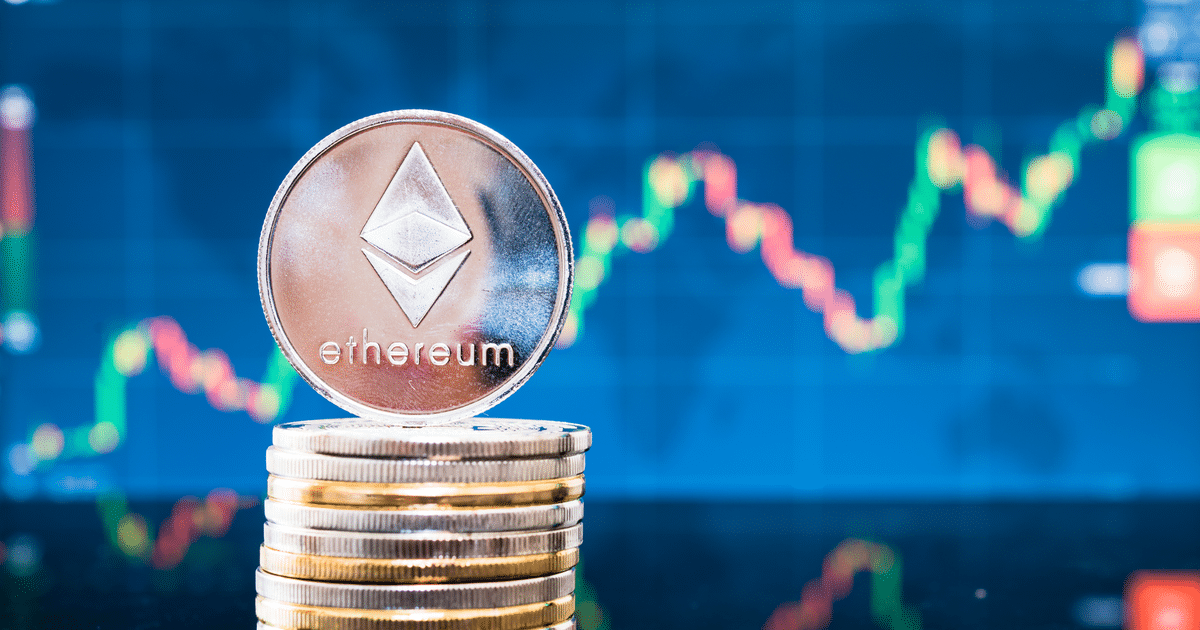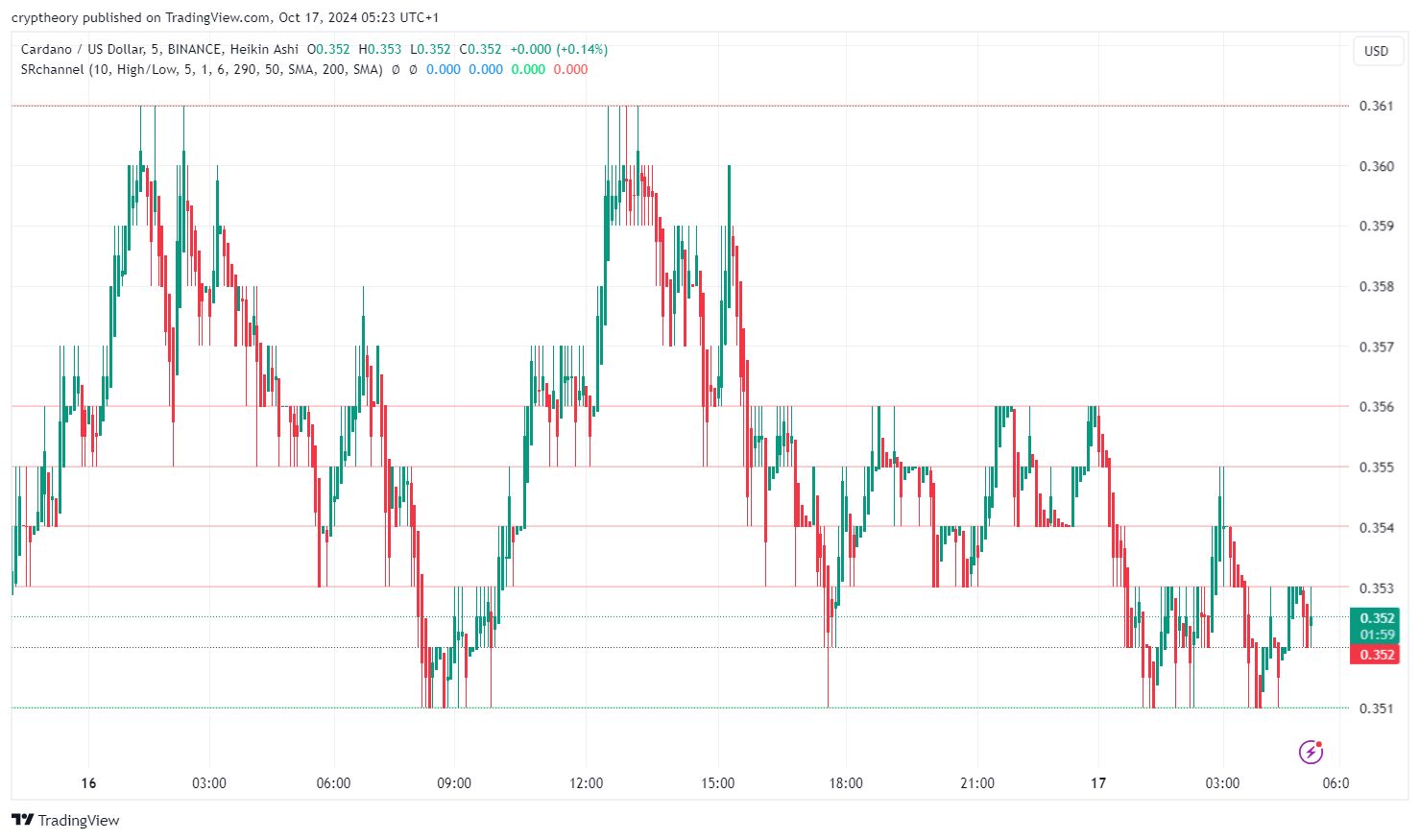In the US, inflation is rising throughout the year. Last month alone, the consumer price index (CPI) rose by 0.3%. Compared to April and May, when prices rose by 0.6%, this can be described as a decline, but it is still very, very high.
Try the Binance alternative, the Phemex exchange with an entry bonus of up to $ 2,500!
Rising inflation may damage the cryptocurrency sector
On the one hand, the narrative has spread that rising inflation is benefiting cryptocurrencies as more people consider buying digital assets to hedge against it. On the other hand, if the US dollar loses value significantly and becomes unstable, it will have an adverse effect on stable dollar-bound stablecoins that have spread throughout the crypto ecosystem.
In a recent tweet, Brian Armstrong, CEO of Coinbase, pointed out this problem and suggested a possible solution.
Stablecoins are known as the backbone of the crypto ecosystem. They are a safe zone when cryptocurrencies grow and fall by double-digit percent within a few hours. In addition, they have attacked cross-border payments so much that regulators around the world have warned that stablecoins could disrupt banking systems.
However, these stablecoins have a less discussed problem: they are hyper-dependent on the US dollar. Almost all major stablecoins are pegged to the US dollar. This means that if the US dollar loses value significantly, then stablecoins would also lose value. On the other hand, it would drag the entire crypto ecosystem with you.
Director Coinbase recently mentioned that stablecoins can very easily become inflation coins. “If fiat-covered stablecoins really become inflationary coins (not so stable), then how do we get a really stable coin?” wrote on Twitter.
Armstrong suggested a vague solution and added, “Maybe something that will use oracles to track the consumer basket (purchasing power parity)?”
Armstrong is not the first person to mention this crucial topic. Earlier, Balaji Srinivasan, a former CTO of Coinbase, explained that there should be two types of stablecoins. First, fiatcoins that “are directly or indirectly linked to an external fiat currency, such as the USD.” Second, a newer form of stablecoin, which Srinivasan calls “flatcoins.”
Srinivasan explains that if “the fiat itself starts to inflate, it is not really” stable. ” Flatcoin therefore optimizes prices compared to the consumer basket. Simply put, the so-called “flatcoin” is not tied to the fiat currency, but is tied to the purchasing power of the asset over a period of time.
Given the urgency of the problem, we could see projects developing “flatcoins” in the near future – which is also essential for the “de-dollarization” of the crypto ecosystem.





















